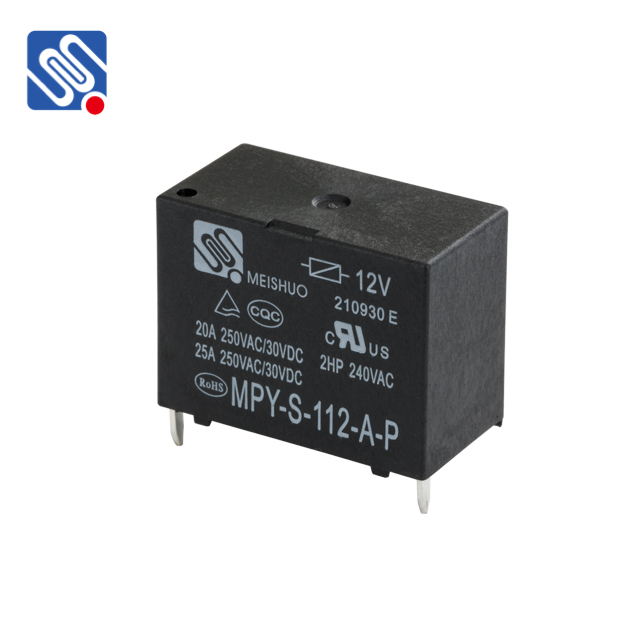Relays are essential components in electrical systems, allowing for the safe and efficient switching of electrical circuits. They operate by using an electromagnetic field to control the opening or closing of contacts in a circuit. The relay voltage rating is a critical specification that determines the safety, performance, and longevity of a relay. In this article, we will explore the significance of relay voltage ratings, their two main types, and how to select the appropriate relay for different applications.

What is Relay Voltage Rating? Relay voltage rating refers to the maximum voltage at which a relay can safely operate without causing damage or failure. This rating is primarily categorized into two main components: coil voltage and contact voltage. Coil Voltage Rating: The coil voltage, also known as the operating voltage, is the voltage required to energize the relay’s coil. When the coil is energized, it generates a magnetic field, which actuates the relay’s switch to either open or close the contacts. The coil voltage rating defines the range of voltages that can be applied to the coil without causing overheating, malfunction, or failure of the coil. Common coil voltages include 5V, 12V, 24V, 48V, 110V, and 220V, depending on the relay type and the circuit in which it is used.